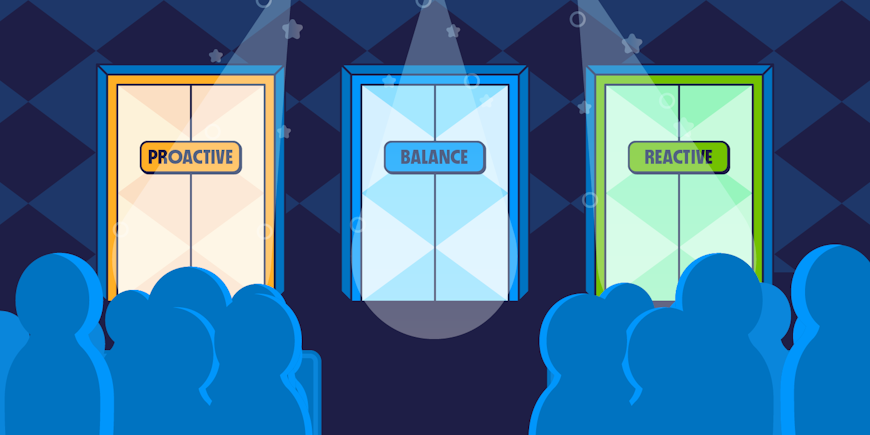How Many Traces Do I Actually Need?

Looking for usage-based pricing?
This article is for PingPlotter Cloud users on custom usage-based subscriptions. Talk to our sales team to learn more about how you can subscribe to a custom plan.
Custom SubscriptionsDoor #1? Door #2? Or Door #3? Choosing what monitoring style and trace count is right for your business can be a bit of a quandary. Fortunately, we’ve broken it down for you so you can find a winning combination.
First of all, let’s define a couple of terms so you know the lingo:
Agent: Refers to the PingPlotter app deployed on a remote device.
Target: The network location for which data is collected.
Trace: A test measuring internet connection performance between a PingPlotter agent and a target.
The number of traces you need depends on your preferred monitoring style, the number of remote devices in need of monitoring, plus the number of critical services, such as a VPN or a VoIP server, that your business regularly relies upon.
The Single-Trace Strategy
Since most IT teams already monitor critical services, the single-trace strategy works for most situations. Just run one trace on every agent that needs constant monitoring. Usually, this gives you the adequate insight you need into a remote worker’s home network.

What Monitoring Style Makes Sense?
When considering the number of traces to get, think about your monitoring style, or how you will deploy your traces. Our customers usually deploy traces in three ways:
Proactive Monitoring
Constant monitoring on all important devices and to all critical services (like a VPN or VoIP.)
With the Proactive monitoring style, you have all the data — all of the time. This ensures you know what happened on the network before, during, and after any problems occur — so you never have a blind spot. If you monitor hundreds of remote workers daily, such as a contact center, this is the monitoring style that you want.
Balance Monitoring
Always monitoring on some devices with extra traces available.
The Balance monitoring style is ideal for repeat offenders. It runs a single trace to the most important critical service and includes extra traces to get more details on any problem. (We recommend one to two traces per device.) Once your issue is resolved, you can put those extra traces back in the bucket to use on the next instance.
Reactive Monitoring
PingPlotter is deployed to identify the root cause of an already existing problem.
Because you’re simply “reacting” to a current problem, the Reactive monitoring style lacks a historical perspective. There’s really no way to predict how many traces you will actually need. You will be able to figure out the cause of any problem, but this style puts out fires instead of preventing them.
The Proactive monitoring style is the best option to make sure that your network is constantly being monitored and running smoothly. This will reduce internet downtime and increase productivity, which will save your company both time and money. As the saying goes, there’s no point in checking the weather forecast if you’ve already left your house.
PingPlotter's Automatic Alerts
After you decide which monitoring style to use, set up PingPlotter’s alerts so your IT team is notified instantly when a remote worker’s internet connection starts to experience issues. This will unravel problems quicker — making way for improved productivity.
Whether you’re a Managed Service Provider with hundreds of clients, or an IT team supporting a remote workforce, we’re happy to recommend a monitoring style that will work for you. Connect with one of our team members to learn more .

